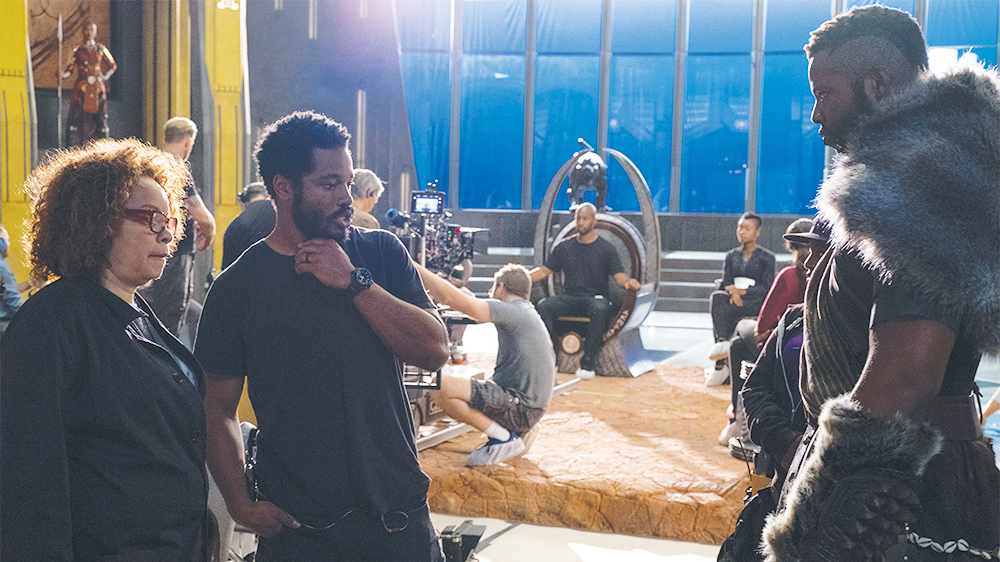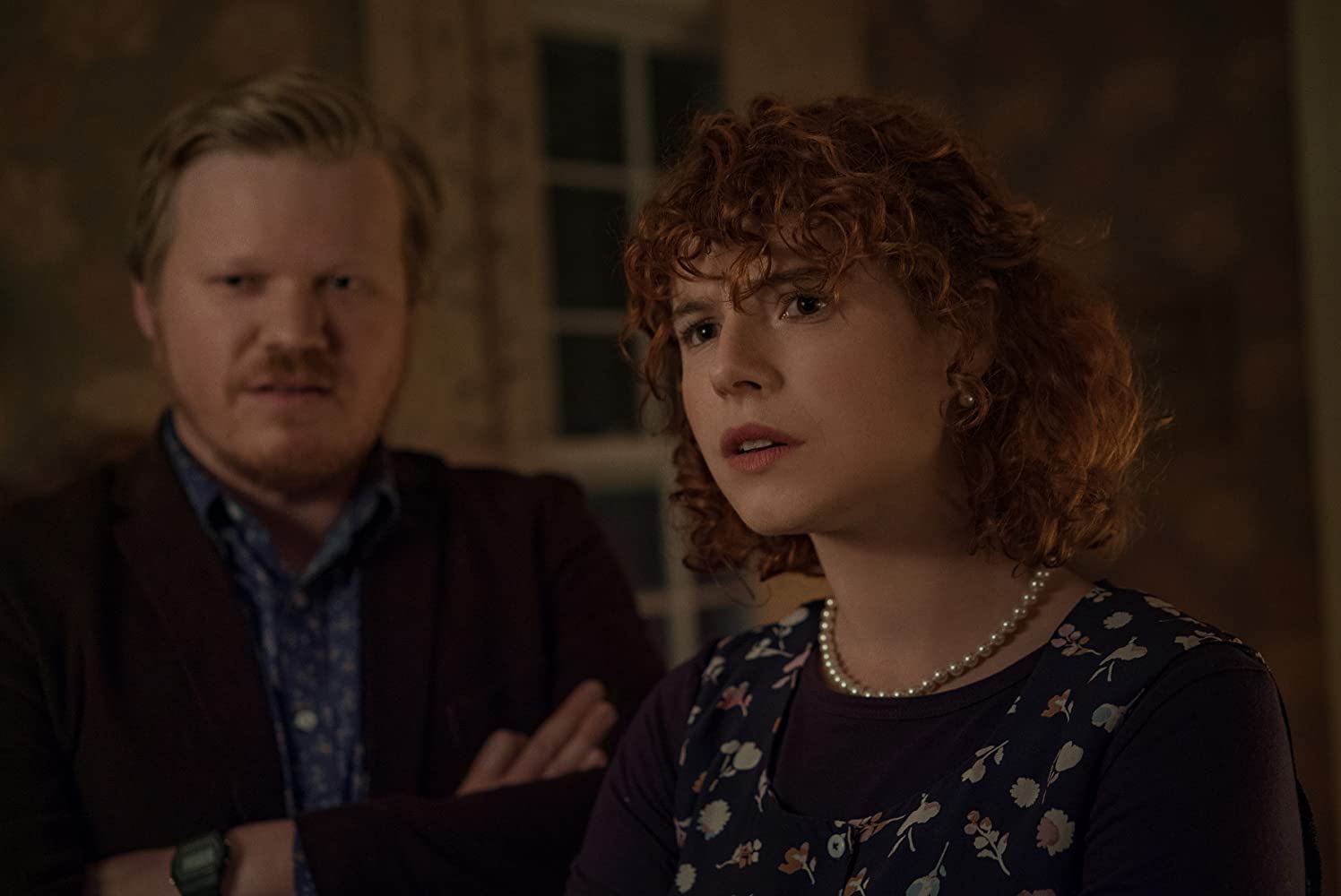The importance of diversity in film production crews
For the past few years Hollywood has focused on diversity as a selling point for their new films. In these attempts it is common to only scratch the surface level of their potential. There is a difference between following a trend and creating systemic change within the industry. While representation is important, it is also important for it to be accurate.
Carlos Cortes, historian and author of “The Children Are Watching: How the Media Teaches About Diversity,” wrote an important case for how portrayals transcend to public image,
“First, whether intentionally or unintentionally, both the news and the entertainment media ‘teach’ the public about minorities, other ethnic groups and societal groups, such as women, gays, and the elderly,” Cortes wrote, “Second, this mass media curriculum has a particularly powerful educational impact on people who have little or no direct contact with members of the groups being treated.”
If a film is focused around experiences of a certain identity, compared to normalized representation, the effort to include diversity does not end at the casting stage. Production and research also take an important role. The people who are creating the media are as important as those who present it. This conversation, sadly, has not made its way to mainstream Hollywood. There is more room for error when people tell stories that aren’t their own. They instead can advance pre-existing stereotypes, diminish discussions and in some cases actively offend those they are trying to represent.
A great example of this is the live-action remake of Mulan, in which the negativity of the audience’s response was attributed to the character development and presentation of cultural elements by a virtually all-white production crew. Bina Daigeler, the film’s costume designer, when asked what research went into the designs for the live adaption stated, “I went in Europe to all the museums that had a Chinese department and then I traveled to China for three weeks.” Daigeler also mentioned her designs are inspired by the Tang Dynasty, a historically disparate time period from Mulan’s story.
While there are diversity-lead works that claw their way into the mainstream — Moonlight, Black Panther, Her Story, Crazy Rich Asians, Jennifer’s Body — the barriers for marginalized creators are still considerably large. Issues such as unfair pay, not feeling safe in the workplace, lack of career advancement tools comparatively, cost to run independent studios, etc.
The 2020 Hollywood Diversity report analyzed the workplace of 11 major studios and found that 91 percent of C-level positions are held by Caucasians and 82 percent are held by males. Among all senior executive positions, it is 93 and 80 percent respectively. The film unit heads are 86 and 69 percent. These statistics reconfirm the notion that Hollywood’s green light and major decisions are largely gatekept by white men. For the film and television industry to truly be diverse, one must accept the discrepancies.
Hollywood has made a few steps forward, but still requires a lot more work. As we continue forward it must be remembered that fair representation offscreen is essential, as it feeds into how the narratives will be interpreted.



